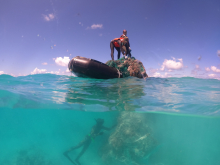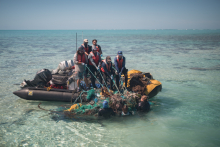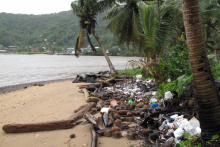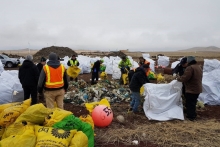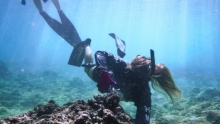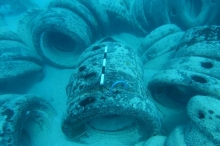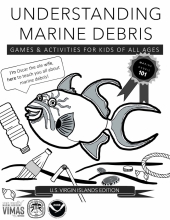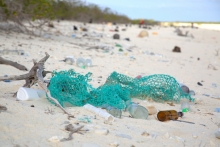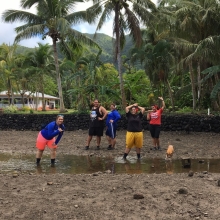Posts tagged with
Pacific Islands
Derelict Nets and Ghost Fishing: A Haunting Problem in the Papahānaumokuākea Marine National Monument
Shanelle.Naone
Wed, 09/15/2021 - 11:00
Marine Debris Removal Mission Begins in the Papahānaumokuākea Marine National Monument
Shanelle.Naone
Tue, 08/24/2021 - 01:38
Mitigating Marine Debris for World Migratory Bird Day
jennifer.simms
Wed, 05/06/2020 - 13:16

